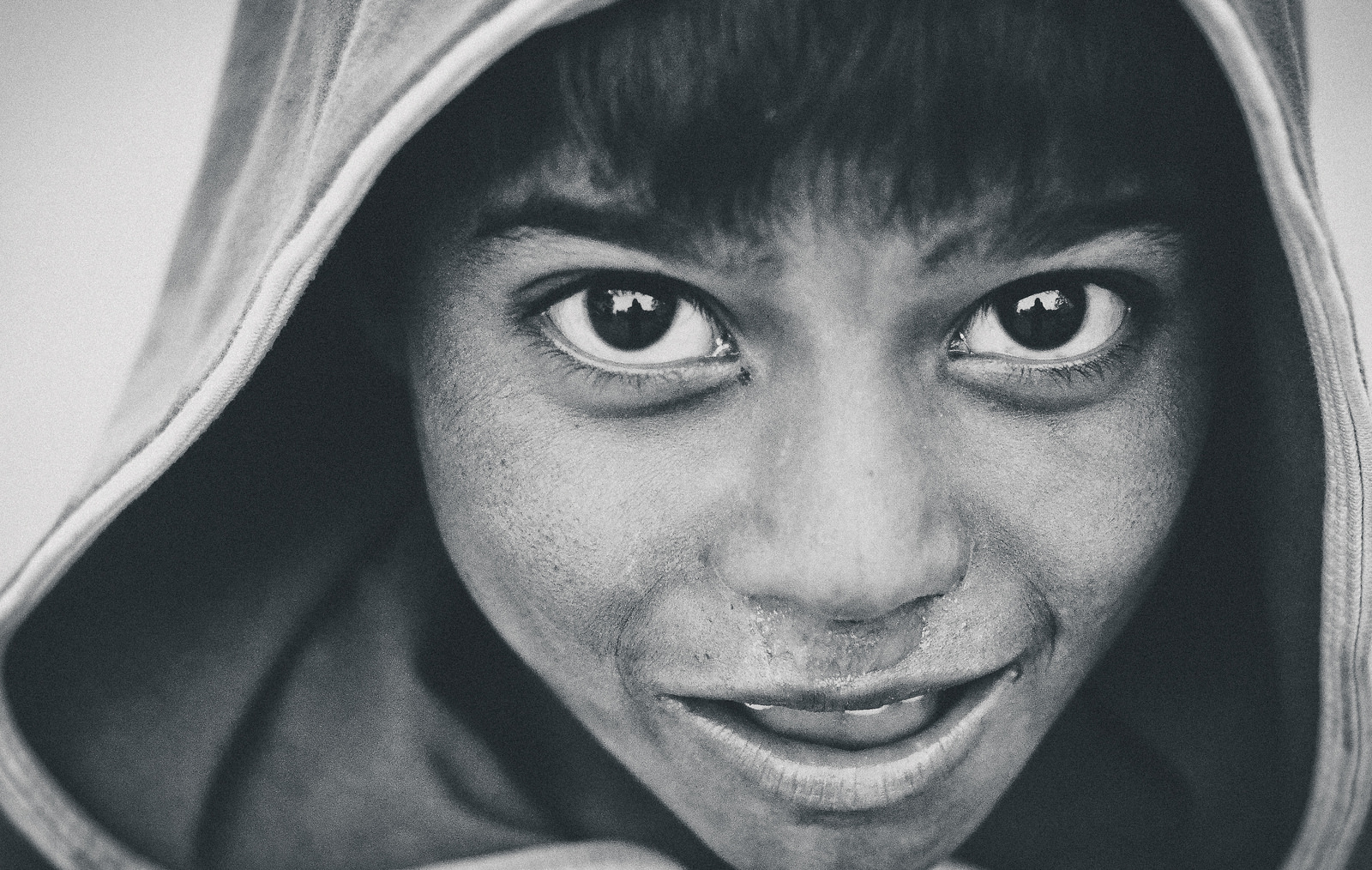Trachoma is a bacterial infection that can cause irreversible blindness. Although it is not widely known, it is the leading infectious cause of blindness and responsible for the blindness or other visual deficits of almost two million people worldwide. Fortunately, recent international health efforts to eradicate trachoma have been successful in many countries.
Trachoma, caused by the bacteria Chlamydia trachomatis, is spread in two different ways. It can be spread through, first, personal contact, and second, flies that come in contact with infected people. The latter method of infection is most commonly seen in children, who often have runny noses or other facial fluids that flies can transfer to other people. Although most individuals are infected when they are kids, they usually do not have obvious symptoms. However, these symptoms typically manifest later in adulthood.
Most people’s immune systems can fight off one trachoma infection, but in areas where trachoma is an issue, individuals are usually infected multiple times. Many consecutive infections can cause the eyelids to become rough and scarred. This often leads to the eyelid turning inward and causing even more pain and scarring as the eyelashes rub against the eyeball. Without treatment, such as a simple surgery to revert the eyelid, the accumulated scarring on the cornea of the eye can cause blindness.
Although untreated trachoma has serious consequences, global efforts to prevent the disease have been increasingly effective. In 1998, the World Health Organization (WHO) adopted a resolution that declared the eradication of trachoma as a public health problem. They also formalized an evidence-based strategy to eliminate it, called “SAFE.” The acronym stands for “Surgery for advanced disease, Antibiotics to clear infection, Facial cleanliness, and Environmental improvement to reduce transmission.” Its components list the strategies to decrease the prevalence of trachoma in order from treatment of diagnosed trachoma to prevention of new trachoma cases.
Tetracycline and Zithromax, antibiotics like those pictured above, are used to prevent trachoma infections.
Image Source: Bloomberg / Contributor
International efforts have resulted in observable results. Data from the WHO showed that thus far in 2018, more than 260,000 people have received surgery to prevent blindness and 85 million people have received antibiotics to prevent infection. The organization also recently declared three countries, Ghana, Nepal, and Cambodia, as officially trachoma-free by public health standards.
Trachoma disproportionately affects low-income communities in developing countries that have poor sanitation services and limited access to healthcare. Moreover, the personal costs of this disease keep poor families in a cycle of poverty. In countries where a poor family’s main source of income is farming or other physical labor that rely heavily on sight, this easily preventable disease can severely restrict a person’s earning power and prevent the person from providing a better future for their kids. Fortunately, international health efforts may soon allow us to see a day when trachoma is no longer a debilitating disease.
Feature Image Source: Roadside Promises by Mayurdeep Baruah










